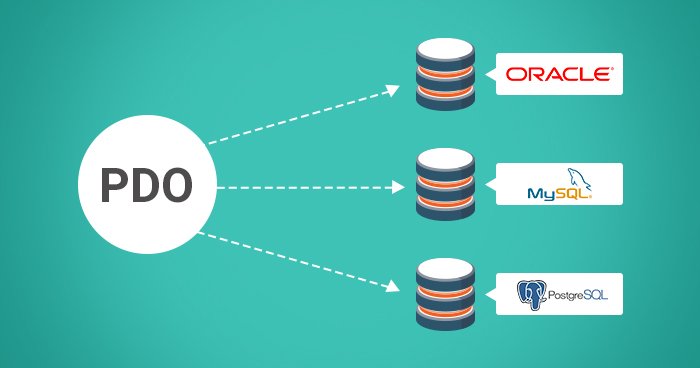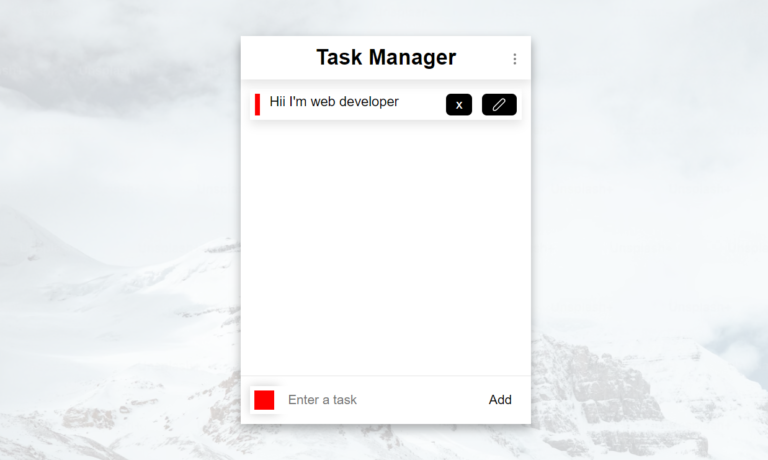Introduction
PHP Data Objects, commonly known as PDO, is a database access layer providing a uniform method of access to multiple databases. It is a secure, consistent, and efficient way to connect to and interact with databases in PHP. In this post, we’ll explore the key features of PDO and provide examples to demonstrate its usage.
Why Use PDO?
PDO offers several advantages over traditional database access methods in PHP, such as MySQLi and MySQL extension. Some of the key benefits include:
- Database Portability: PDO supports multiple database management systems, including MySQL, PostgreSQL, SQLite, and more. This makes it easier to switch between different databases without rewriting the entire codebase.
- Security: PDO helps prevent SQL injection by using prepared statements, making it more resistant to malicious attacks.
- Consistency: PDO provides a consistent interface for accessing databases, making it easier to work with different database types using the same code structure.

Basic Usage:
To start using PDO, you need to establish a connection to the database. Here’s a basic example
connecting to a MySQL database:
<?php
$dsn = 'mysql:host=localhost;dbname=mydatabase';
$user = 'username';
$pass = 'password';
try {
$pdo = new PDO($dsn, $user, $pass);
echo "Connected successfully";
} catch (PDOException $e) {
echo "Connection failed: " . $e->getMessage();
}
?>
Replace localhost, mydatabase, username, and password with your actual database details.
Here’s a breakdown of the code:
- Database Connection Details:
$dsn = 'mysql:host=localhost;dbname=mydatabase';
$user = 'username';
$pass = 'password';
$dsn: It specifies the database driver, host, and the name of the database to connect to. In this case, it is set to MySQL with the host as ‘localhost’ and the database name as ‘mydatabase’.$user: It contains the username to use when connecting to the database.$pass: It contains the password associated with the username for database access.
try {
$pdo = new PDO($dsn, $user, $pass);
echo "Connected successfully";
} catch (PDOException $e) {
echo "Connection failed: " . $e->getMessage();
}
- The
tryblock attempts to create a new PDO object, representing a connection to the database, using the provided connection details ($dsn,$user, and$pass). - If the connection is successful, the code inside the
tryblock is executed. In this case, it outputs the message “Connected successfully.” - If an exception (error) occurs during the execution of the
tryblock, the control is transferred to thecatchblock. ThePDOException $epart captures any exception of typePDOExceptionand stores it in the variable$e. - Inside the
catchblock, it outputs a message indicating that the connection has failed along with the specific error message obtained from$e->getMessage(). This is helpful for debugging and understanding the reason for the connection failure.
Overall, this code is a simple example of how to use PDO to establish a database connection in PHP, and it demonstrates good practice by handling potential errors using a try-catch block.
Executing Queries:
Once connected, you can execute SQL queries using PDO. Here’s an example of a simple SELECT query:
<?php
$sql = "SELECT * FROM users";
$stmt = $pdo->query($sql);
while ($row = $stmt->fetch(PDO::FETCH_ASSOC)) {
echo "Name: {$row['name']}, Email: {$row['email']}<br>";
}
?>
This PHP code executes a SELECT SQL query to retrieve all rows from a table named “users” and then iterates through the result set, outputting the “name” and “email” columns for each row.
Here’s a breakdown of the code:
SQL Query:
$sql = "SELECT * FROM users";This line defines an SQL query string to select all columns (*) from the “users” table.
Query Execution:
$stmt = $pdo->query($sql);The query method is used to execute the SQL query on the database. The result is stored in the $stmt variable, which represents a PDOStatement object.
Fetching Results:
while ($row = $stmt->fetch(PDO::FETCH_ASSOC)) {
echo "Name: {$row['name']}, Email: {$row['email']}<br>";
}- The
fetchmethod is used to fetch a single row from the result set as an associative array (PDO::FETCH_ASSOC). The loop continues as long as there are rows to fetch.
- Inside the loop, each row is stored in the
$rowvariable as an associative array, where keys are column names and values are the corresponding values.
- The code within the loop then echoes out the “name” and “email” values for each row, formatted as “Name: [name], Email: [email]” followed by a line break (
<br>). This is a simple way to display the retrieved data.
Prepared Statements:
PDO provides prepared statements to help prevent SQL injection. Here’s an example of inserting data into a table using a prepared statement:
<?php
$name = 'John Doe';
$email = 'john@example.com';
$sql = "INSERT INTO users (name, email) VALUES (:name, :email)";
$stmt = $pdo->prepare($sql);
$stmt->bindParam(':name', $name, PDO::PARAM_STR);
$stmt->bindParam(':email', $email, PDO::PARAM_STR);
$stmt->execute();
echo "Record inserted successfully";
?>
Conclusion:
In this post, we’ve covered the basics of PDO in PHP, including establishing a connection, executing queries, and using prepared statements. PDO provides a powerful and secure way to interact with databases, making it a preferred choice for many PHP developers. Incorporating PDO into your projects can enhance security, maintainability, and database portability.






